Not sure about you, but any vehicle with 5000lb ft of torque making weekly tours of my local streets would pique my interest.
After all, that kind of ship-pulling capability is around double what even the largest heavy-haulage juggernaut churns out. And if I told you that said vehicle could also accelerate from 0-50mph in six seconds, despite an unladen weight of 17 tonnes, you’d probably think I was talking rubbish. And actually, you’d be right.
You see, Lunaz – the Silverstone-based company that has made a name for itself electrifying premium classic cars while drawing in the likes of David Beckham among a raft of high-profile investors – is about to deliver its first ‘upcycled’ electric bin lorry to Buckinghamshire Council. And while I can’t really see Mr Beckham getting down and dirty with Bucks’ waste massif to help with its PR, I’m sure his green credentials will be burnished all the same.
So they should be too, because Lunaz Applied Technologies, which has developed the lorry and in whose sparkling new 250,000sq ft building we are now standing, is set to be the real money-spinner for the fledgling brand, founded only five years ago by David Lorenz and ex-Renault Formula 1 technical director Jon Hilton.
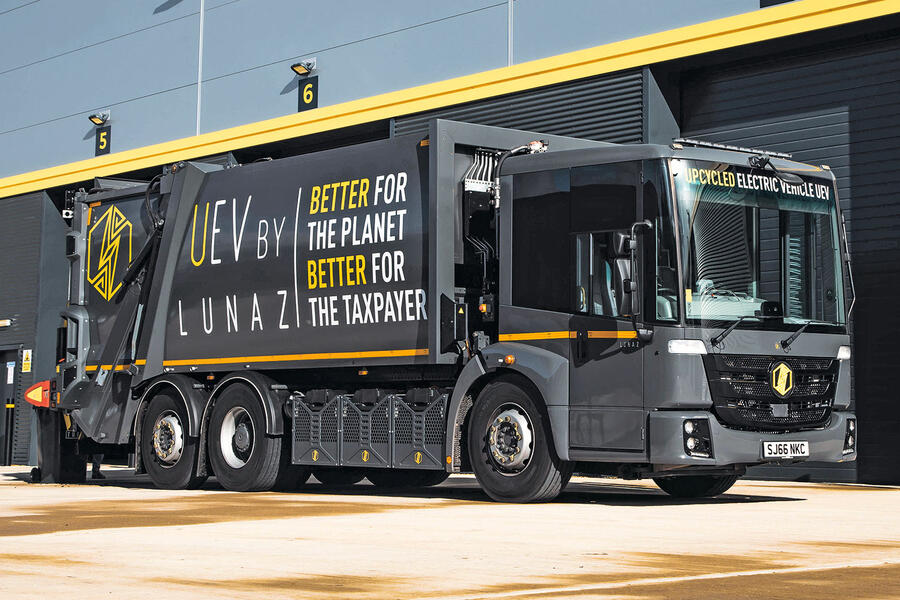
Upcycling is Lunaz’s USP. Rather than local authorities having to invest in an all-new heavy commercial EV, Lunaz will supply them with a fully refreshed bin lorry that uses the chassis, cab and body from a vehicle that has reached the end of its UK service life – typically seven years and 70,000-90,000 miles. But Lunaz replaces the diesel drivetrain with an electric one, producing around twice as much power and seven times the torque – hence the ballistic number above.
The beauty of the concept is that the Lunaz lorry retains 80% of the donor vehicle – albeit in a completely refurbished state – with its electric gubbins the only major upgrade.

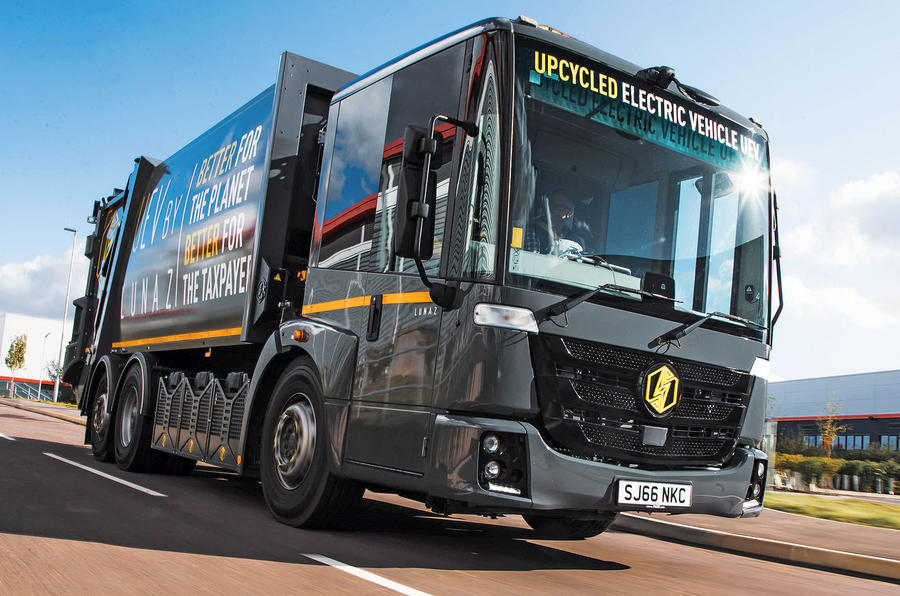
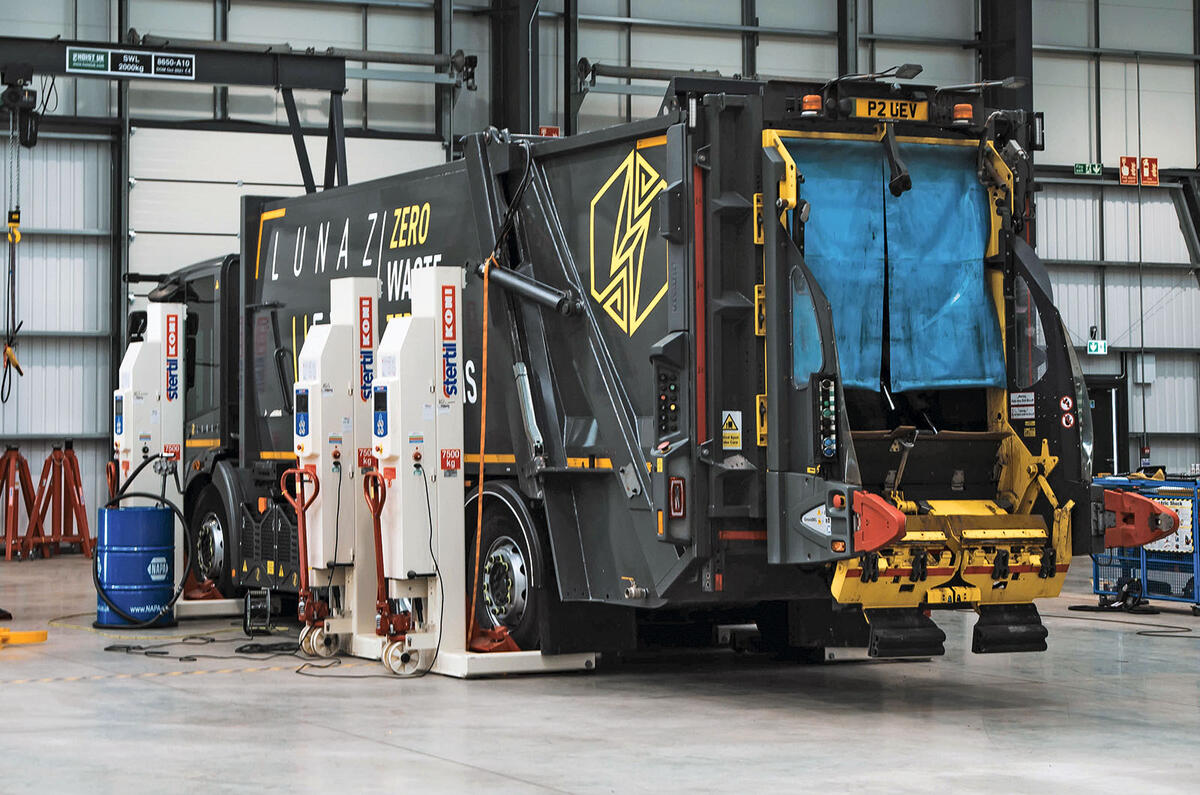
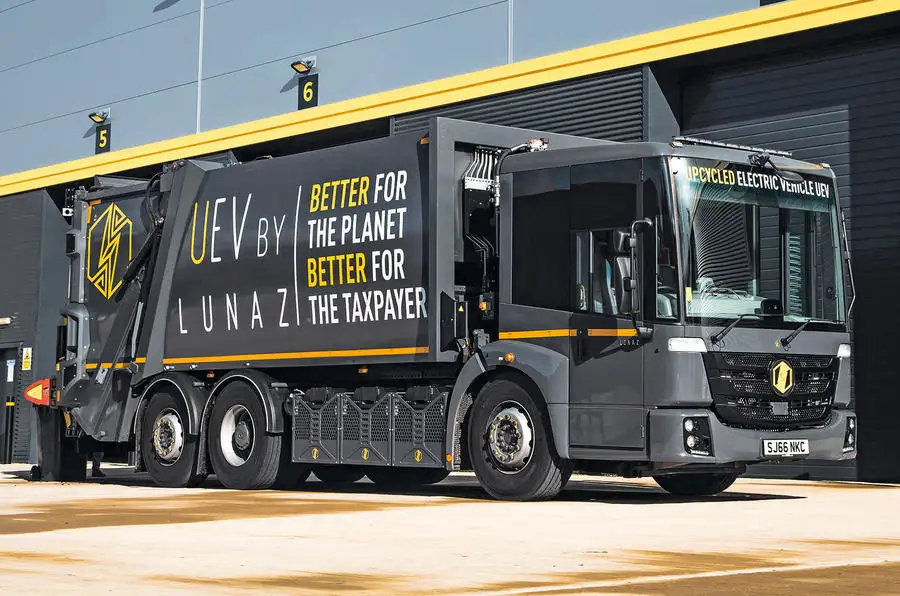

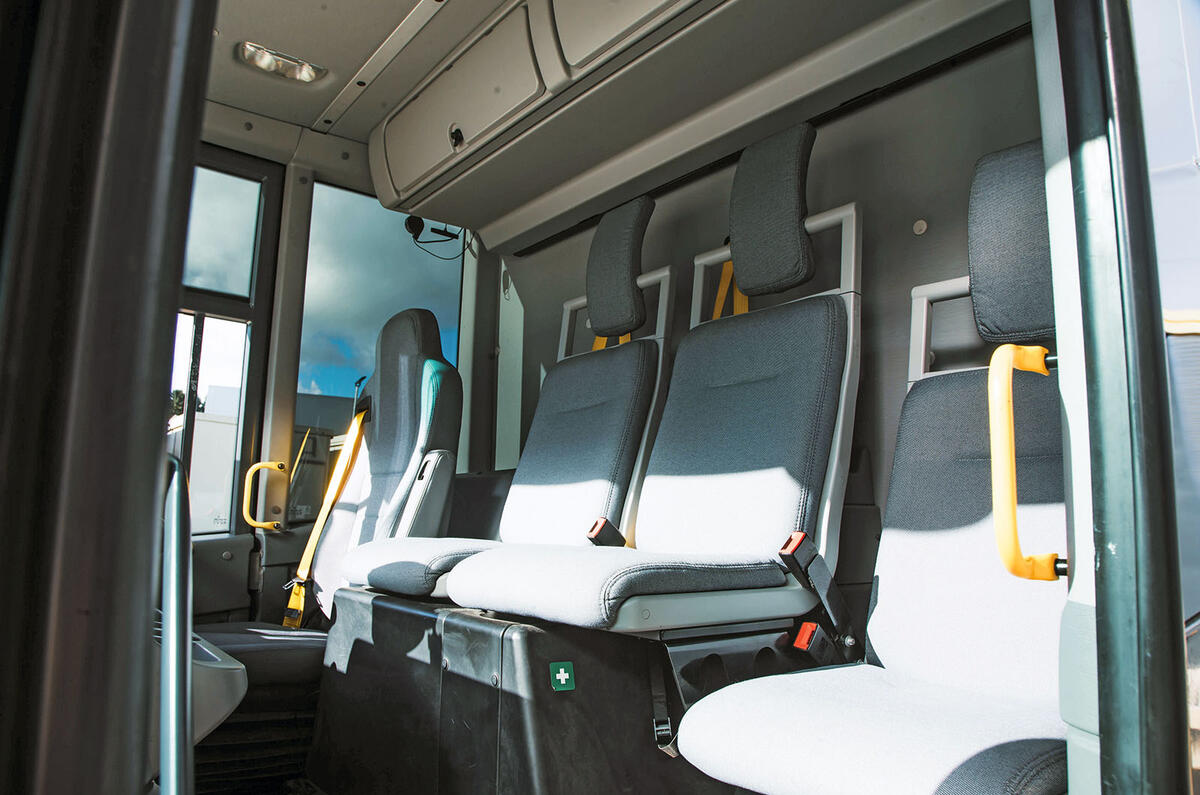
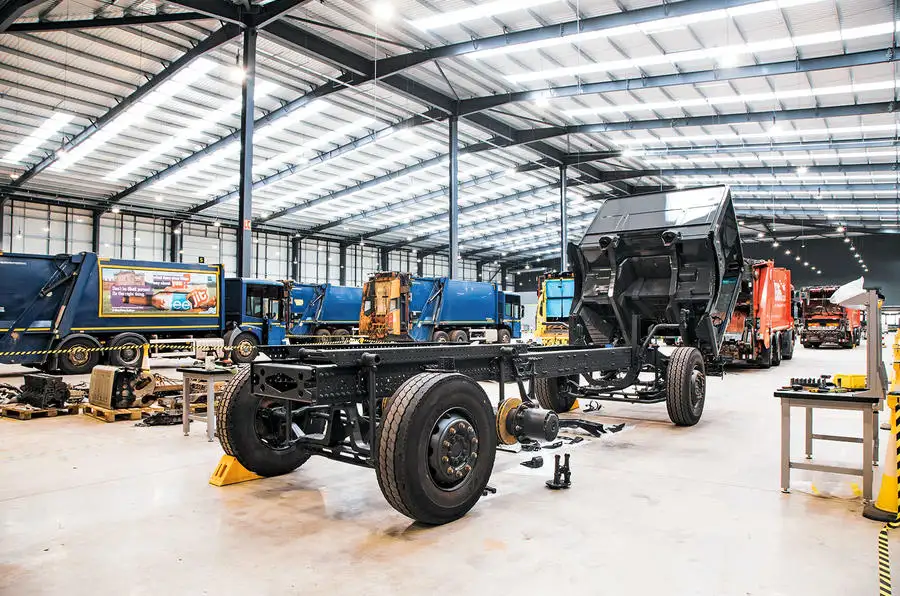

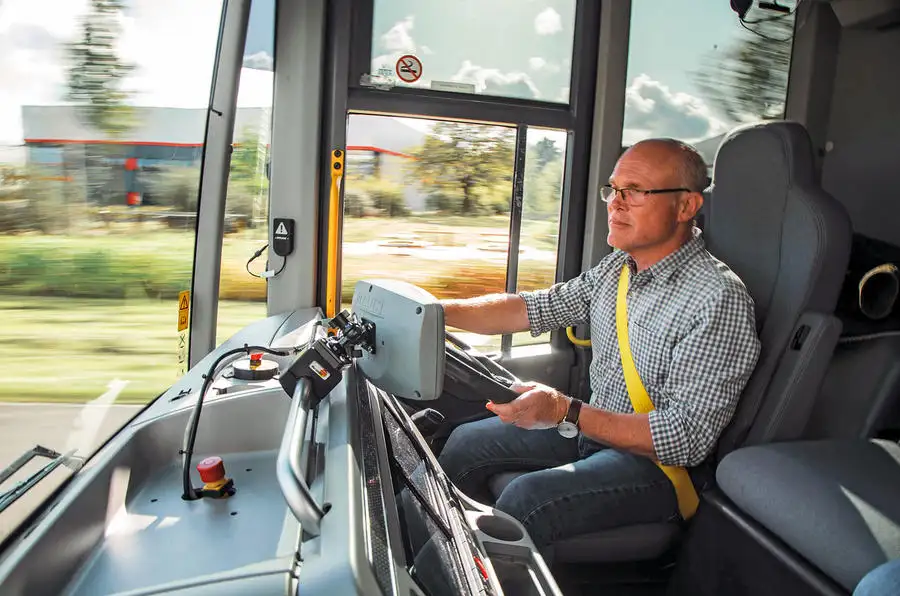
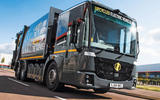








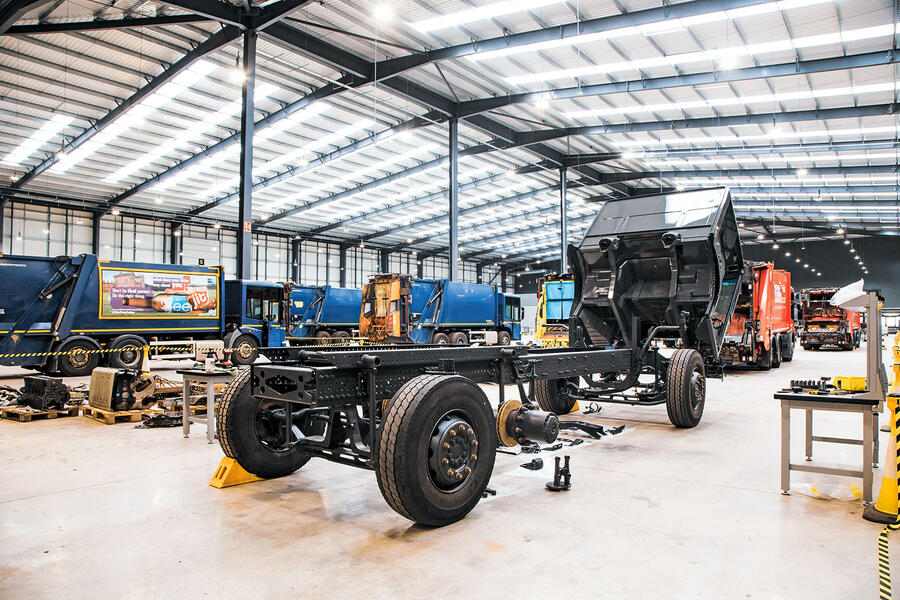
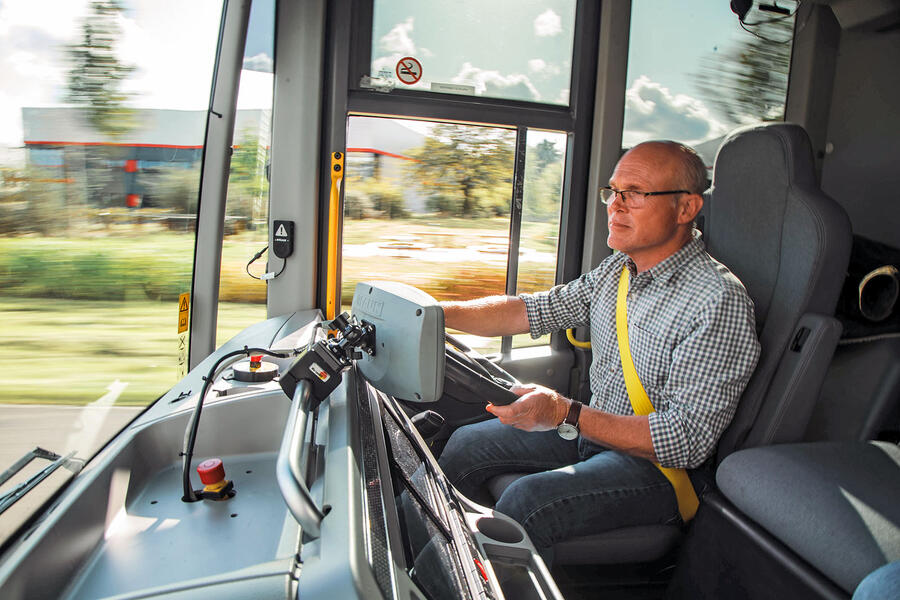

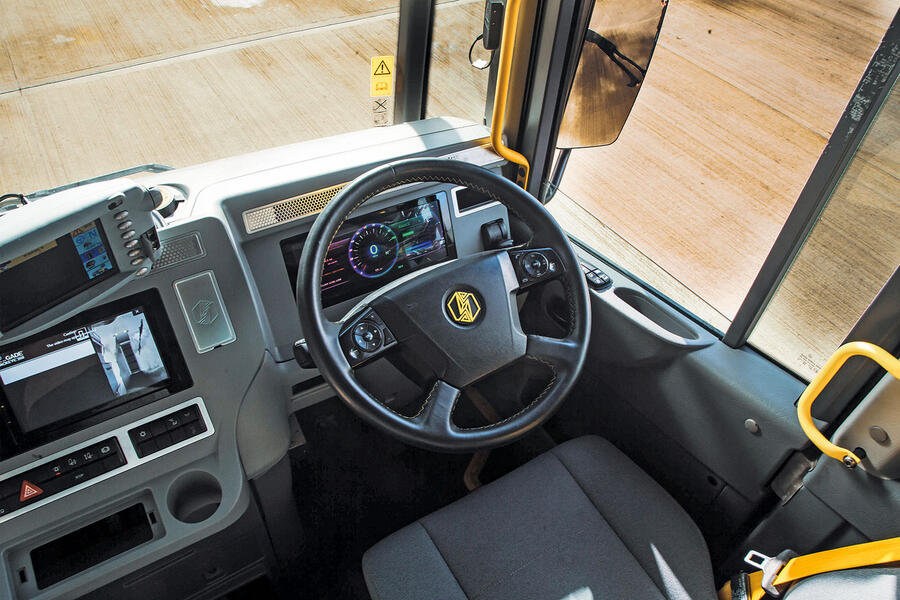
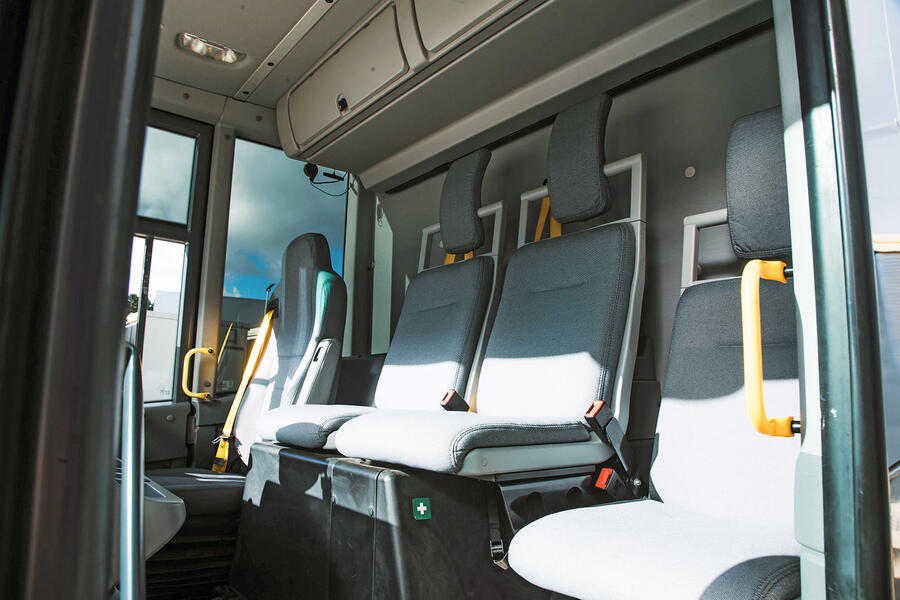


Join the debate
Add your comment
This makes lots of sense, for the same reasons that electric milk floats make sense, as they cover tiny distances between stops.
For all you PC people out there, if going quick bothers you, don't you think whoever buys them will put speed limiters on them?, or a tracker system that monitors what where and how their Vehicle are driven,and, i thought all Council vehicles were limited to 45mph?